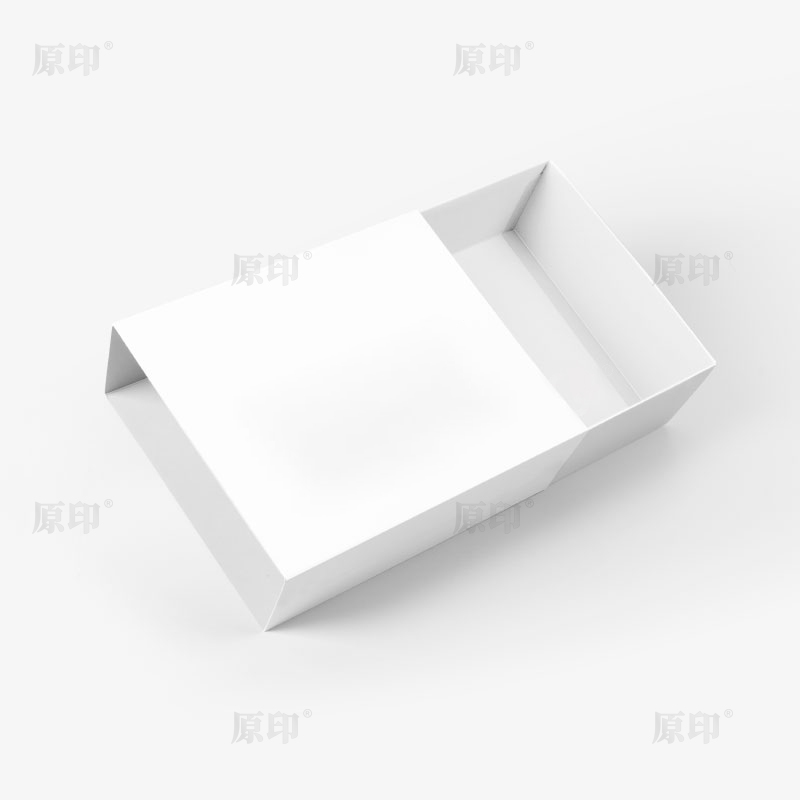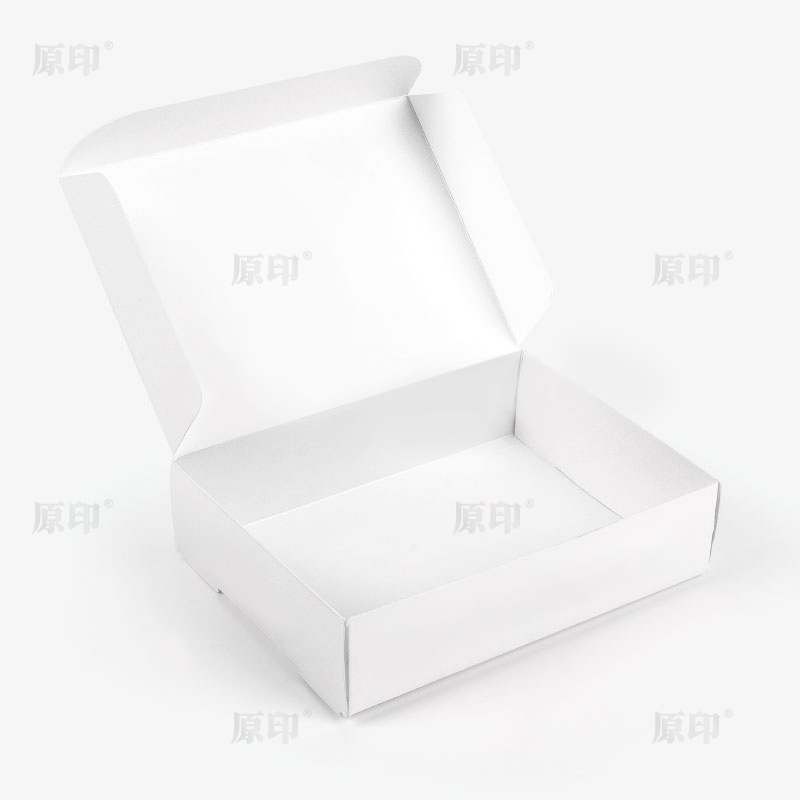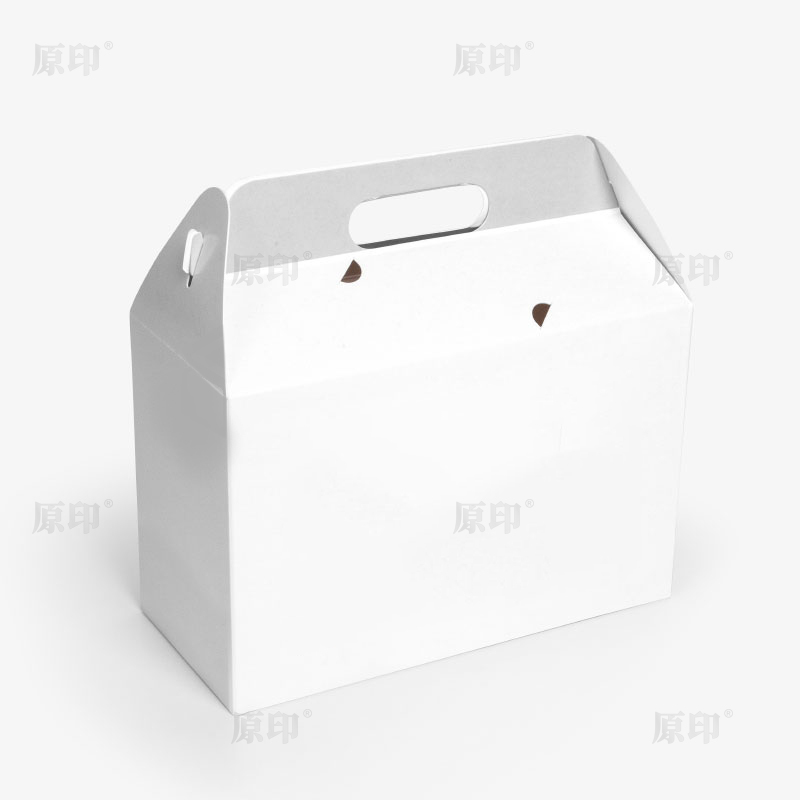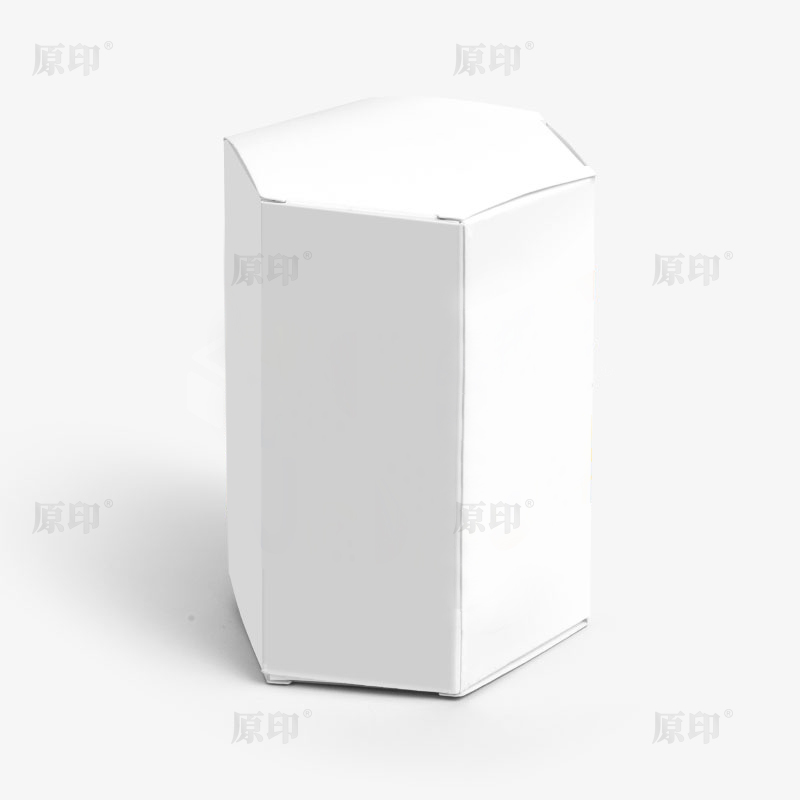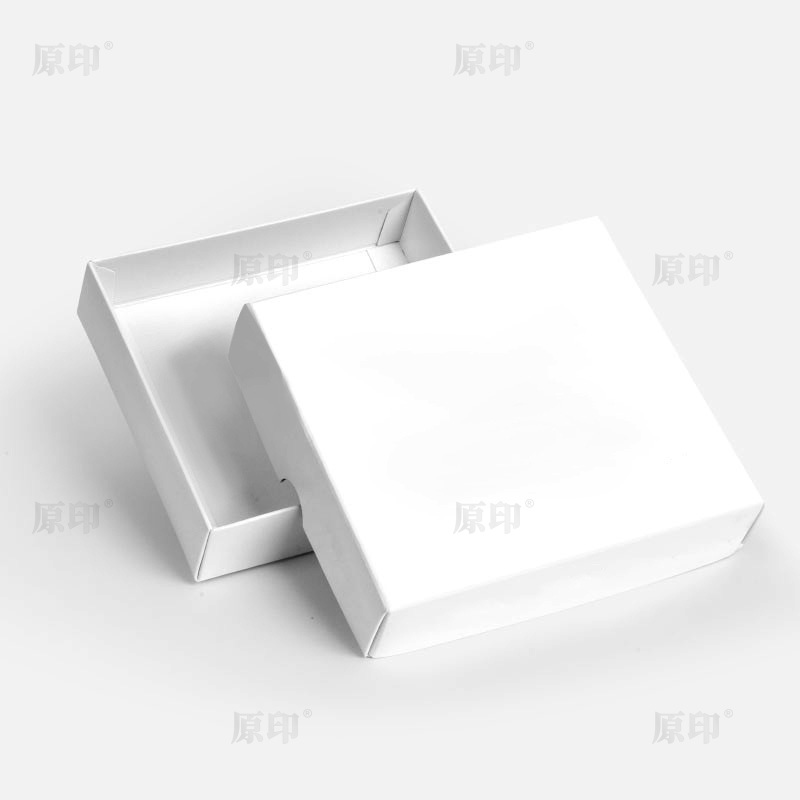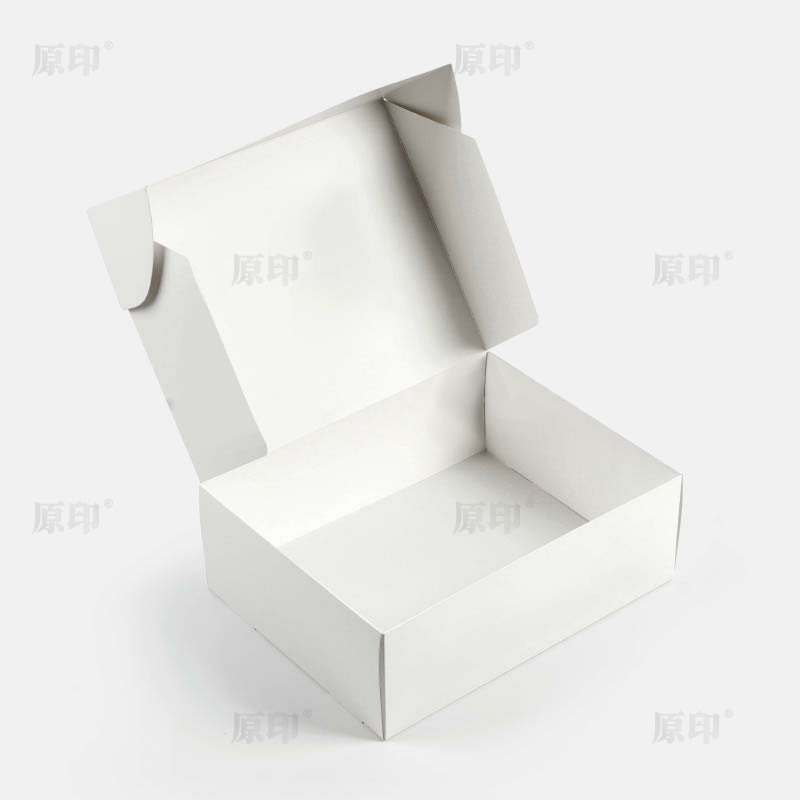What materials are commonly used in anti-scratch lamination films?
Anti-scratch lamination films are crafted from a variety of materials that confer both durability and resilience to the surfaces they protect. The core materials used in these films typically include polyurethane (PU), polycarbonate (PC), and acrylic. Each of these materials offers unique properties that contribute to the effectiveness of anti-scratch lamination.
Polyurethane is one of the most common materials used due to its excellent balance of flexibility and durability. It provides a robust protective layer that resists scratches, scuffs, and general wear. This material is also valued for its clarity and ability to maintain the aesthetic quality of the underlying surface, whether it’s used on electronic displays, automotive finishes, or consumer goods. Polyurethane’s inherent flexibility allows it to conform to various surface shapes and structures, making it highly versatile.
Polycarbonate, another key material, is known for its high impact resistance and toughness. This makes it suitable for applications where the lamination needs to withstand significant physical stress or impact. Polycarbonate laminates are often used in environments that demand extra durability, such as industrial equipment or high-traffic areas. While polycarbonate is slightly more rigid than polyurethane, its protective qualities are highly effective in preventing scratches and maintaining the integrity of the surface.

Acrylic, on the other hand, is appreciated for its cost-effectiveness and clarity. It is often used in applications where high visual transparency is crucial, such as in displays and signage. Acrylic laminates provide a good level of scratch resistance and are relatively easy to apply, making them a popular choice for commercial and consumer applications alike. Though not as impact-resistant as polycarbonate, acrylic offers a balance between protection and affordability.
The choice of material in anti-scratch lamination films is guided by the specific requirements of the application. Polyurethane's flexibility, polycarbonate's impact resistance, and acrylic's clarity all cater to different needs, allowing manufacturers to select the most appropriate option based on the intended use and performance expectations. Each material contributes to the overall advantage of anti-scratch lamination, which includes extended surface life, reduced maintenance costs, and improved appearance.
The materials commonly used in anti-scratch lamination films—polyurethane, polycarbonate, and acrylic—each bring unique properties that enhance the protective capabilities of the laminate. By choosing the right material, manufacturers can ensure that surfaces remain free from scratches, scuffs, and fingerprints, thereby maintaining their functionality and aesthetic appeal over time.

